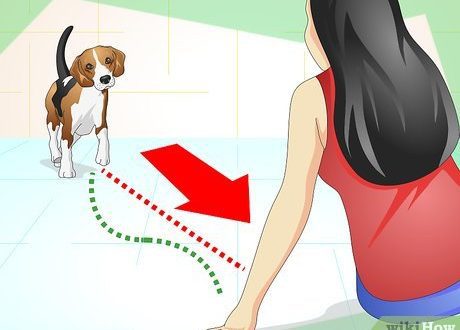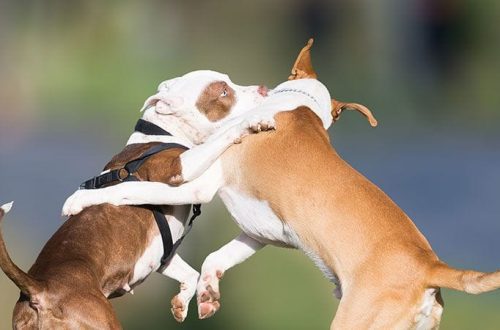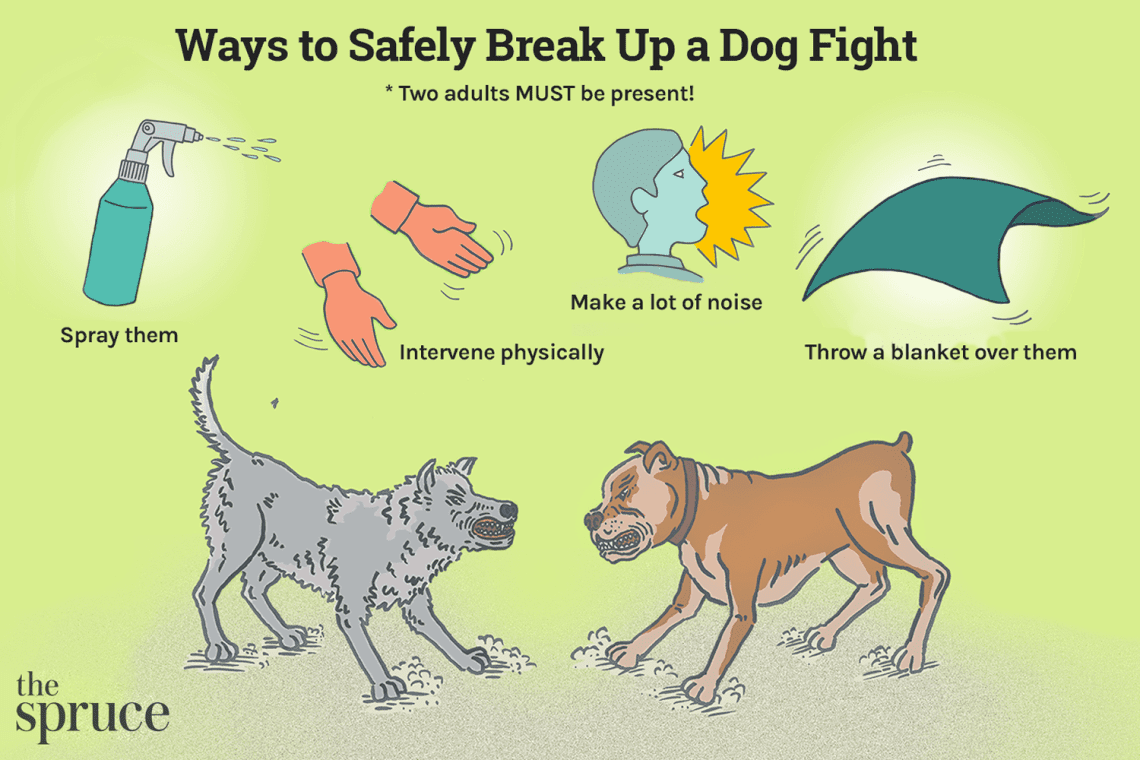
How to separate fighting dogs?
In the absence of one or another quality, intervening in a fight between medium and above average dogs can lead to serious injuries. So, if you doubt your abilities, shout as loudly and on a high note as possible. A strong, sustained yell can cause dogs to become indicative dominant, and the dogs will break off the fight to determine the source of the yell and figure out the possible consequences for themselves. By the way, if the dogs stop fighting, quickly run back, recalling your dog.
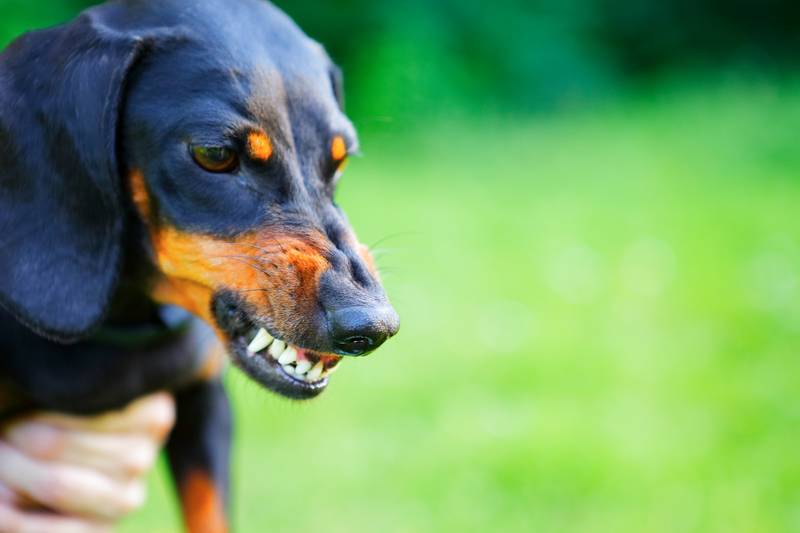
A loud shout can also attract the attention of passers-by, and among them there is sure to be someone who will be able, observing safety precautions, to stop the fight. You can not just shout loudly, you can shout loudly: “Fu!”, “No!”, “No!”. Sometimes it helps.
An ultrasonic dog repeller or an ultrasonic whistle can help. If they exist, of course.
Since no two dogs are the same, no fights are the same. Keep this in mind and have several ways to break up a fight in your bosom. For example, there are several options for behavior using improvised means:
If you suddenly have a pepper spray or a stun gun with you, then, of course, use them. Sometimes they are useful not only in relation to an aggressive dog, but also in relation to its no less aggressive owner;
If you have a bag or briefcase, a wide board, a piece of plywood, slate, or just a big stick at hand, shove them into the thick of things – into a fight. Do not hit anyone with these items, namely stick them into the fight. If the fight stops, get your dog out quickly;
Take off your jacket or raincoat, put it on the dogs. The blackout will trigger orienting behavior and the fight may stop;
If you are one of those who goes for a walk with a dog with a bucket of cold water in his bosom, well, all of a sudden, feel free to pour it on animals. The fight will surely stop.
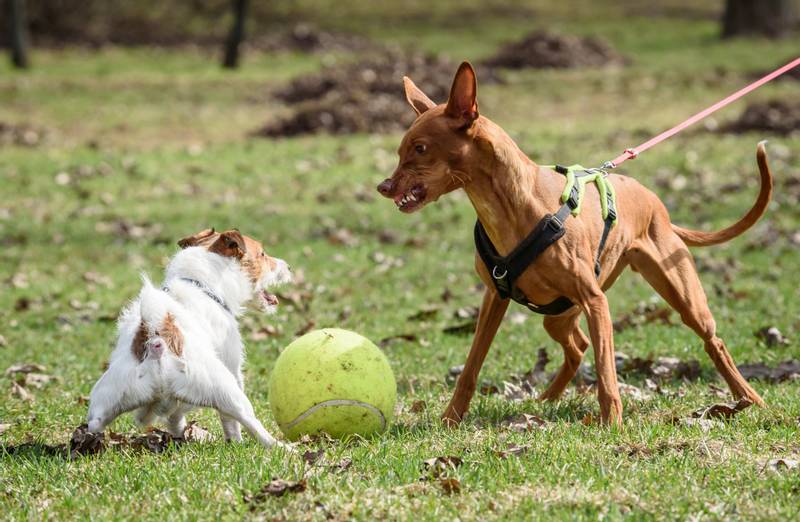
Dog fights can be divided into mobile and non-moving. Motionless fights are when two dogs clung to each other and froze. Breaking up such fights is a pleasure. If the dogs are not large, but, frankly, small, you and your opponent (the owner of another dog) gently take the dogs by the collars, scruffs or hind legs and lift them off the ground.
Usually the loss of support causes the dogs to loosen their grip.
If dogs do not open their mouths, they should be shaken a little, turned over, put pressure on the inguinal fold, pinched at the groin, or squeezed the testicles, if any. If this does not help, you will have to look for a stick and use it to open your jaws. After that, raising the cylinders, you and your opponent quickly disperse in different directions. If the opponent slows down and is in no hurry to help you, do the same in your two hands.
If large dogs are clinging and frozen and the opponent does not slow down, behave synchronously as described for the case with medium-sized dogs. If the opponent slows down or does not exist at all, make a noose from the leash around the groin of a strange dog and drag the dogs to the nearest place where the leash can be tied. Bind. Determine which dog is dominant in the grip and force him to open his jaws in one of the ways described above.
You can, of course, grab someone else’s dog by the collar and, while controlling it, force your dog to open its jaws with commands and step aside. But this is dangerous because a strange dog can enter into a fight with you already.
If the dog fight belongs to the category of mobile, that is, two dogs, merging in an unfriendly embrace, move unpredictably along horizontal and vertical surfaces, you should not try to catch them by the collars and scruffs. You run the risk of being left without fingers, or even without hands themselves. In the presence of an adequate opponent, synchronously catch the dogs by the hind legs and lift them up, forcing them to open their jaws. Then pull the dogs away from each other.
If the opponent is present, but slows down, then, catching his dog by the hind legs and dragging the dogs to him, offer him to take his dog, and then take care of yours. If the opponent slows down or is absent on the horizon, catch someone else’s dog by its hind legs. Lift it up and with loud shouts make your dog let go of the enemy, move away or just sit down. Pull the other dog away.
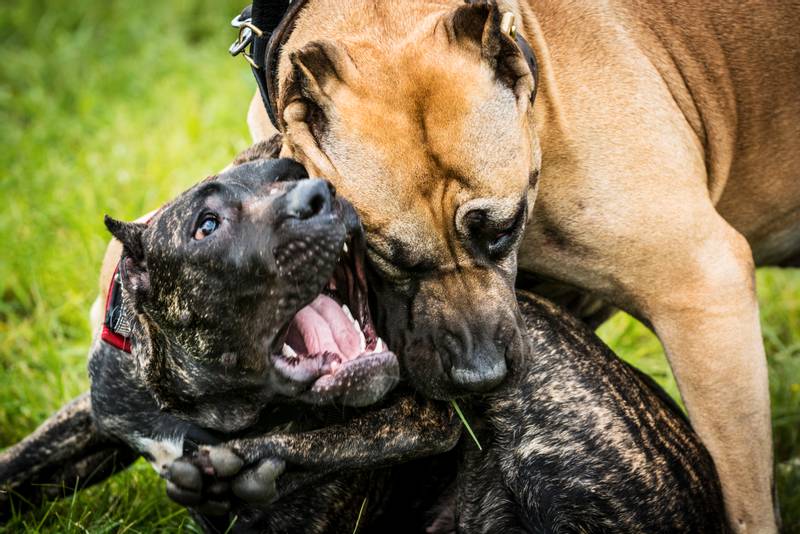
If you are confident in your abilities, then, catching someone else’s dog by the paws, gradually intercepting, get to its collar and fix the dog so that it does not switch to you. If a strange dog does not open its jaws by twisting the collar, strangle it a little.
With even greater self-confidence, having reached the collar of a strange dog, fasten the leash, with which you can fix the dog.
As you understand, the final prognosis with the last options is not always unambiguous, the dog can redirect aggression in your direction.
The success of stopping a dogfight largely depends on the position of your opponent. The survey shows that about a third of dog owners enjoy dog aggression towards each other. The position of such owners can range from “they will figure it out themselves” to aggressive towards your dog and towards you, especially if your dog was at fault in the fight. For example, she ran without a leash.
So, before proceeding with the operation to separate the fighting parties, find out with a couple of phrases the attitude of the opponent to the situation, suggest joint actions and, if necessary, apologize.
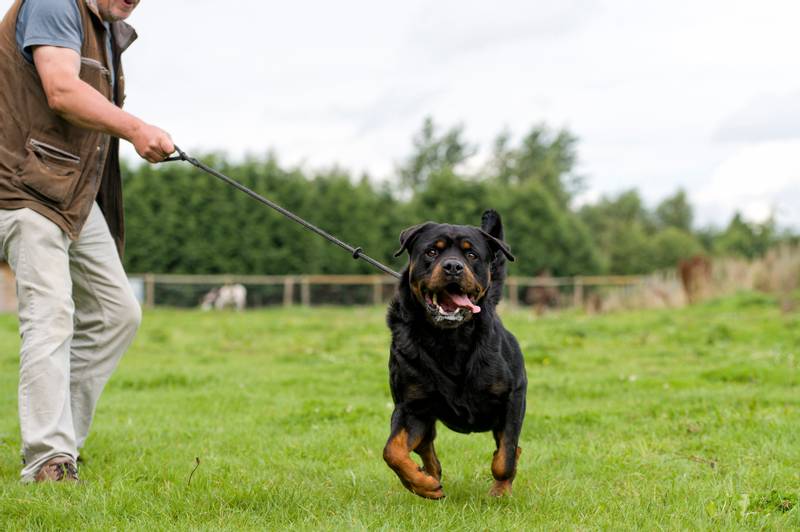
Photo:



